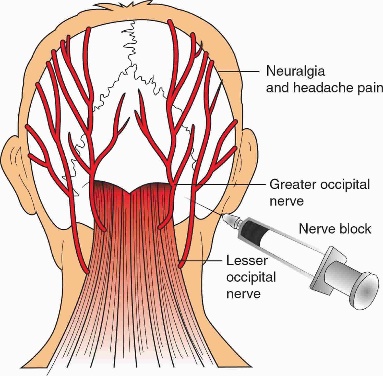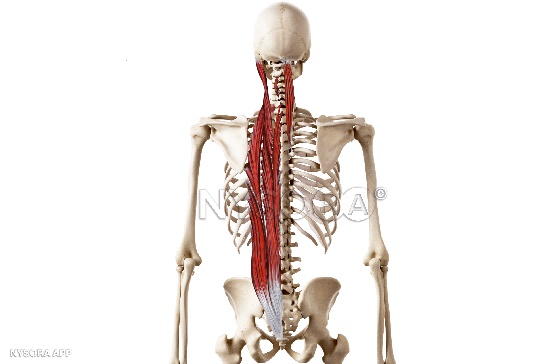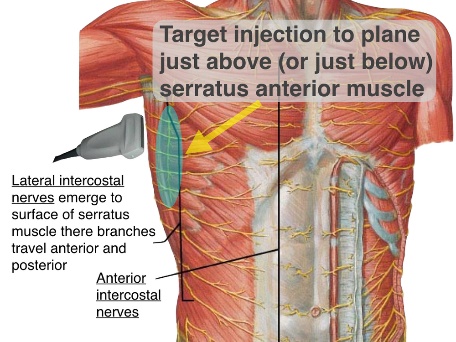A sympathetic block is an injection of medication that helps relieve pain or help with a diagnosis.
Other conditions that it can treat are:
- Reflex sympathetic dystrophy
- Complex regional pain syndrome
- Herpes zoster infection (shingles) involving the legs
- Vascular insufficiency
- Peripheral neuropathy
- Raynaud’s syndrome
- Chronic stomach pain
- Excessive Sweating
- Headache pain (occipital)
Sympathetic nerves are located on both sides of your spine and are nerves that spread out from your spine to your body to help control several involuntary body functions, or body functions that you have no control over. These include blood flow, digestion, and sweating. A sympathetic nerve block can be used to diagnose or treat pain involving the nerves of the sympathetic nervous system. Consult with a pain management doctor at Prestige Pain Center if you are experiencing any of these symptoms.
Common areas targeted are:
- Occipital-base of skull

- Erector spinae

- Serratus Anterior

- Transverse abdominus

- Lumbar region of lower back

How is a lumbar sympathetic block done?
First, you’ll be given an intravenous medication to relax you. Then, you’ll lie on your stomach on an x-ray table.
You will get numbing medication in the area of skin on your lower back.
Then, guided by an x-ray, your doctor will:
- Insert a needle into your back, along the outside of your spine
- Inject dye to confirm that medication will go to the correct spot
- Inject a steroid medication
Usually, the procedure takes less than 30 minutes, and you can go home the same day.
How effective is a lumbar sympathetic block?
Some patients report pain relief immediately after the injection, but the pain may return a few hours later as the anesthetic wears off. Longer term relief usually begins in two to three days, once the steroid begins to work.
People usually need a series of injections to continue the pain relief. Sometimes it takes only two injections; sometimes it takes more than 10.
What are the risks?
The risk of complication from a lumbar sympathetic block is very low. However, there could be bruising or soreness at the injection site. Serious complications, including infection and bleeding, are uncommon.
What happens after the procedure?
Your lower back and leg may feel warm or “different,” and you may begin to feel less pain. Your leg may feel numb or weak, but this feeling will subside when the anesthetic wears off.
Take it easy. You can return to your normal activities the next day.